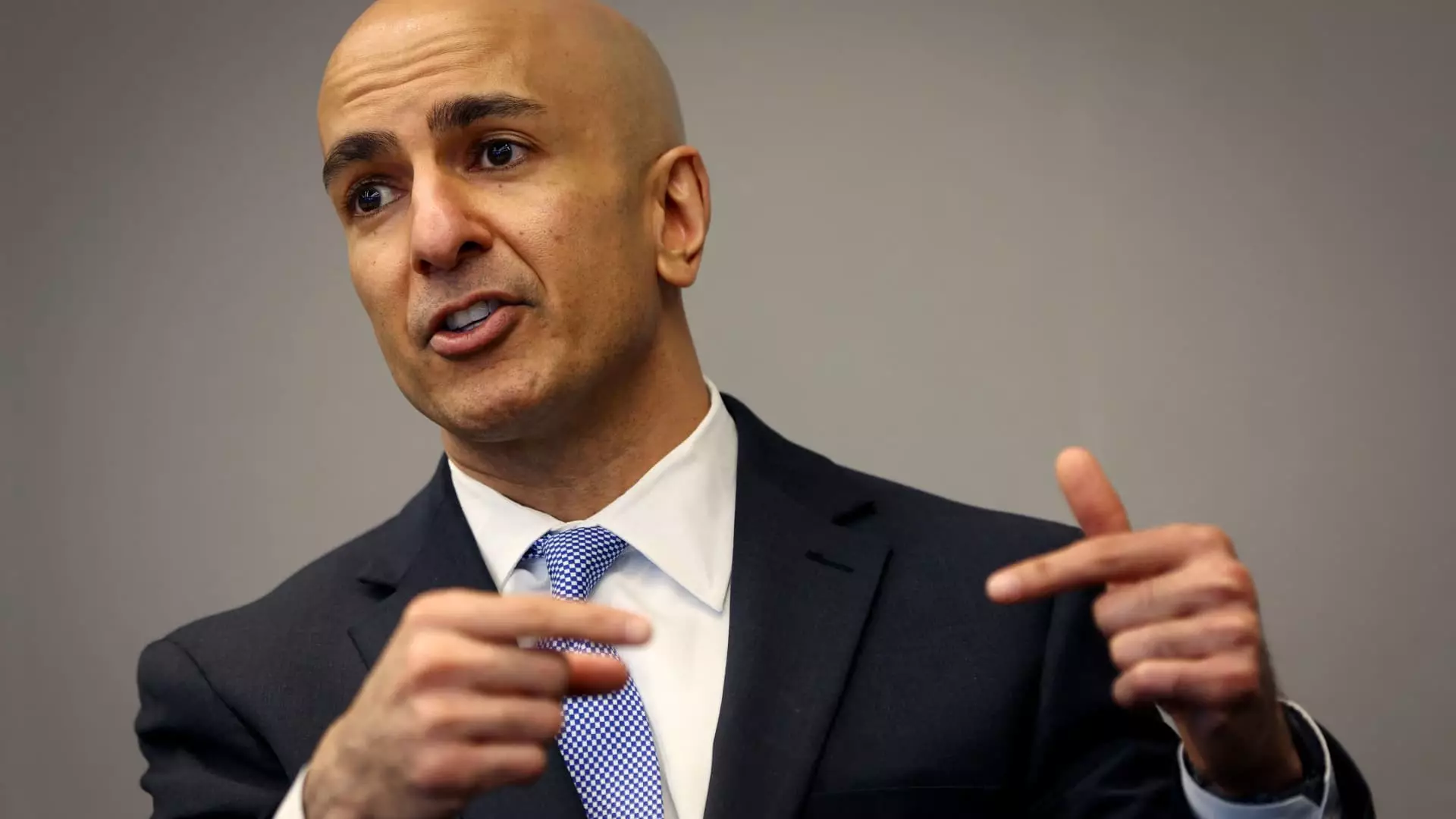In light of recent developments, investors are keenly examining various indicators that may influence market performance in the coming weeks. The fluctuating dynamics of interest rates, the resurgence of electric vehicles, shifts in airline strategies, and the retail sector’s adaptation to new norms highlight critical areas for investors to consider. These factors not only reflect changes within specific industries but also signal broader economic implications.
The U.S. stock market has shown resilience, with major indexes, including the S&P 500, Dow Jones Industrial Average, and Nasdaq Composite, experiencing moderate gains. This upward trajectory follows the Federal Reserve’s notable decision to implement its first half percentage point rate cut since the financial crisis over a decade ago. Historically, such significant shifts in monetary policy have the potential to invigorate the economy, yet the response has been somewhat tempered.
Looking ahead, traders are acutely aware that the upcoming consumer confidence data from the Conference Board could offer vital insights into future market behavior, especially as it pertains to the Fed’s next policy meeting scheduled for November. The sensitivity of stocks to economic indicators may increase, urging investors to remain vigilant and adaptive to any signs of economic weakness.
Fed officials have expressed divergent views regarding potential future adjustments to interest rates. Minneapolis Fed President Neel Kashkari has hinted at a return to traditional smaller increments of rate changes while emphasizing that the Fed’s approach will depend significantly on incoming economic data. Conversely, Atlanta Fed President Raphael Bostic is leaning towards a more aggressive normalization of monetary policy than previously anticipated. This contrast in perspectives reveals the complexities involved in managing monetary policy amid ongoing economic shifts, further complicating the decision-making landscape for traders.
General Motors: A Surge in Electric Vehicle Sales
The automotive industry is witnessing a transformational shift, epitomized by General Motors (GM) and its resurgence in the electric vehicle (EV) market. After grappling with production hurdles and initially sluggish demand, recent sales figures present a promising outlook. With a reported 70% increase in EV sales in comparison to the previous year, GM’s strategic investment in diversifying its EV lineup appears to be paying off. The company’s ability to offer a wide price range—from $35,000 to $300,000—enables them to cater to varied consumer segments. Despite these advancements, GM faces the ongoing challenge of competing with established market leader Tesla, which continues to dominate the EV landscape.
Challenges Faced by Southwest Airlines
In the airline sector, Southwest Airlines is at a crossroads as it navigates pressures from shareholders, notably Elliott Management. The carrier has made significant operational changes aiming to boost profits, including the implementation of assigned seating and broader online booking accessibility. These strategic moves reflect Southwest’s attempt to remain competitive in a volatile market while addressing activist investor concerns. The announcement of an investor day introduces further anticipation regarding potential corporate restructuring or strategic pivots that may be necessary to rejuvenate profitability.
Turning 50, Foot Locker is on a quest to redefine its market presence amidst a declining trend in retail foot traffic and the rise of direct-to-consumer sales models. Despite achieving a modest gain in comparable sales for the first time in six quarters, the retailer faces a daunting challenge. As key supplier Nike shifts more towards online sales, the very survival of specialized sneaker retailers like Foot Locker may depend on their ability to innovate and offer value that resonates with today’s consumers.
As the markets evolve, so too must the strategies of investors. With the Federal Reserve’s policy decisions, the ongoing electrification of transportation, airline industry adaptations, and retail transformations, investors are presented with both opportunities and challenges. Staying informed and adaptable will be crucial for navigating the shifting sands of the investment landscape.

Leave a Reply